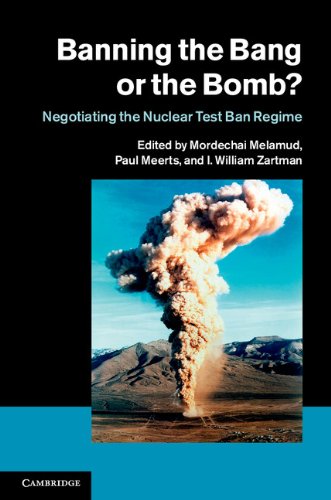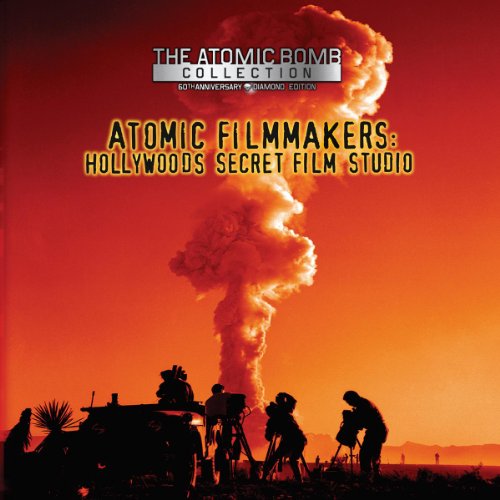The U.S. government produced a documentary film titled Operation Greenhouse in 1951 to chronicle and publicize the series of nuclear tests conducted at Enewetak Atoll in the Pacific. Created by the U.S. Department of Defense and the Atomic Energy Commission, the film served both as an internal scientific record and a public-facing educational tool, showcasing America’s progress in nuclear weapons development during the early Cold War.
Film Overview
- Purpose: To document the technical procedures, scientific goals, and outcomes of the four nuclear detonations—Dog, Easy, George, and Item—conducted under Operation Greenhouse.
- Tone: The film combines clinical narration with dramatic visuals, emphasizing both the precision of American science and the strategic importance of nuclear superiority.
- Audience: Originally intended for military personnel, policymakers, and scientific communities, but later shown to broader audiences to reinforce national pride and Cold War vigilance.
Content Highlights
- Preparation and logistics: Footage of scientists and engineers assembling test devices, calibrating instruments, and constructing observation towers and bunkers.
- Detonation sequences: High-speed and time-lapse footage of the explosions, including the George test, which was the first to demonstrate a fusion reaction component.
- Boosted fission: The Item test is shown as a milestone in weapon efficiency, using deuterium-tritium gas to enhance yield.
- Scientific commentary: Voiceover explains the physics behind the explosions, the goals of each test, and implications for future weapon design.
- Safety and containment: The film includes segments on radiation monitoring, fallout prediction, and protective measures taken for personnel.



Comments are closed, but trackbacks and pingbacks are open.